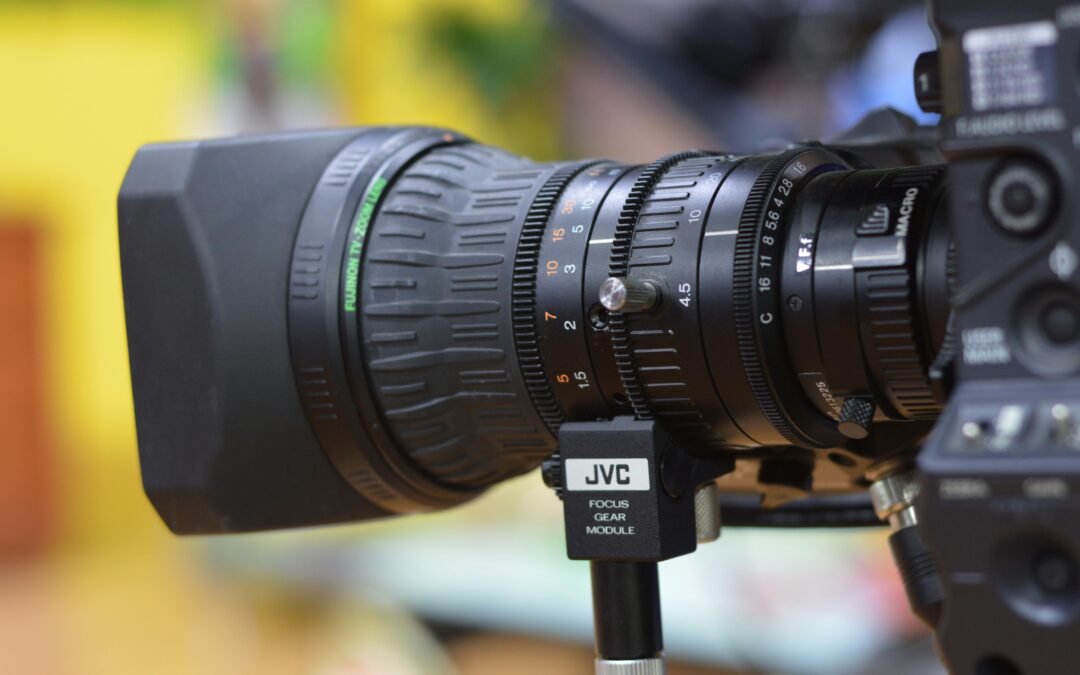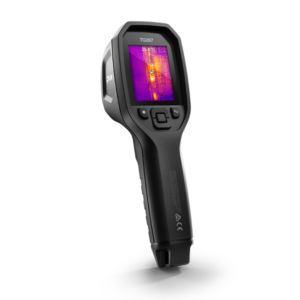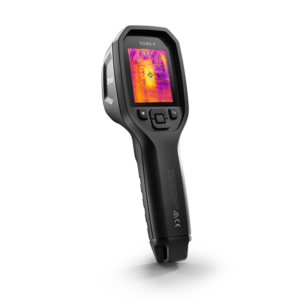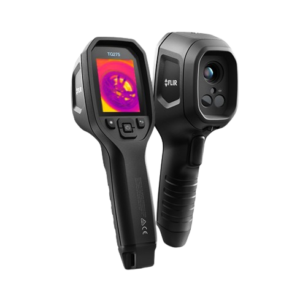In the visually dominated world, IR cameras provide great perspective through allowing one to see what is hidden. An advanced variety of such devices allows one to access hidden heat signatures, enabling him or her to get an overview of environments and objects otherwise obscure to the human eye. So, how do IR cameras work, and what are their wide applications?
These cameras utilize the infrared radiation being emitted by all objects due to their temperature. This allows the capture of developed infrared radiation, converting it into a thermal image for the naked human eye. Typical sensors that achieve this are implemented using materials like indium antimonide, or mercury-cadmium-telluride. These materials are very sensitive to infrared light.
The camera sensor array collects the thermal radiation and converts it into electronic signals. These signals are further processed to develop a thermal image, also known as a thermogram, in which various colors depict different temperatures. Cooler areas can either depict blue or green, while hotter areas will be either red or yellow, depending on the color scheme used.
Applications Of IR Cameras
1. Building Inspections
IR cameras prove very useful during building inspections. They learn how heat escapes through windows, doors, and walls, exposing inadequate insulation or weak spots in the structure that allow heat to get out. This feature allows a homeowner or professional to do something about the inefficiency to lower energy bills and create a more comfortable environment. Early detection of deeply hidden problems is another way IR cameras help keep energy performance at peak levels.
2. Electrical And Mechanical Maintenance
IR cameras are important tools for electrical and mechanical maintenance. They can detect overheating components that are signs of an impending failure or fault. Once the technicians can identify these hot spots, preventive maintenance could have been done, which would eliminate potential risk from equipment failure and enhance safety, thereby avoiding expensive repairs and downtime.
3. Healthcare And Veterinary Medicine
IR cameras are applied in health care and veterinary diagnostics without invasion. They monitor blood flow, inflammation detection, and change of body temperature. Thus, this thermal imaging helps diagnose various conditions from circulatory problems to injuries and helps to strategize the treatment plan further.
4. Firefighting And Search And Rescue
IR cameras are very useful during firefighting and rescue missions. They help to see through smoke and darkness. It helps firefighters drill down in hot spots and trace people who are lost in hostile environments. It visualizes the temperature differences, hence raising the effectiveness and safety of the operation for easy and effective rescue operation.
5. Industrial Inspections
In an industrial environment, IR cameras are used to monitor machinery in safe operation. They monitor equipment for heating that may signal the onset of failure or malfunction. Routine thermal inspections help maintain the performance of machinery to guard against downtime that may occur, contributing to the overall efficiency of operations.
The Future Of Infrared Technology
Progress in IR technology goes on to broaden the applications of these cameras. Many of the latest developments are high-resolution sensors, sophisticated image processing, and integration with artificial intelligence, making IR cameras more accurate and versatile—hence more and more available and effective for different walks of life.
Conclusion
Infrared cameras open the window into the unseen world of heat, capturing valuable information beyond the senses. From increasing energy efficiency in infrastructures to the protection of lives in emergency situations, IR extends to various powerful applications. Surely, IR cameras will push forward into the radius for discovery of the unseen and finding answers to the most complex challenges in different aspects as technology evolves.
Explore Further
Unlock a wealth of additional information and opportunities. Click here to delve deeper,discover new perspectives, and enhance your experience with more relevant and engaging content.




